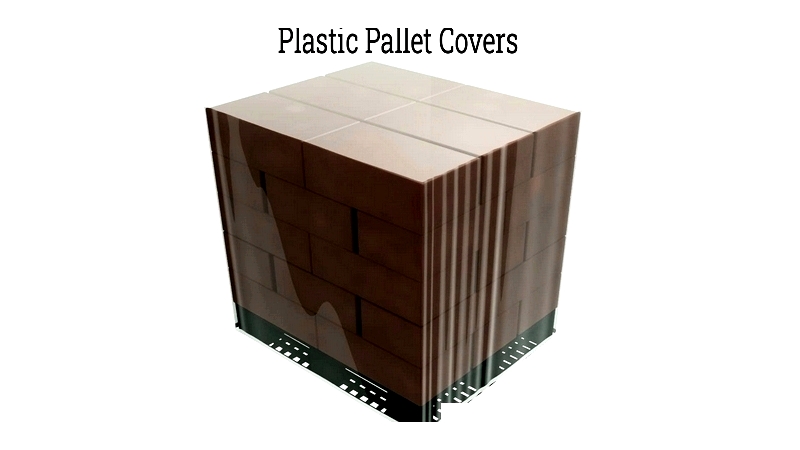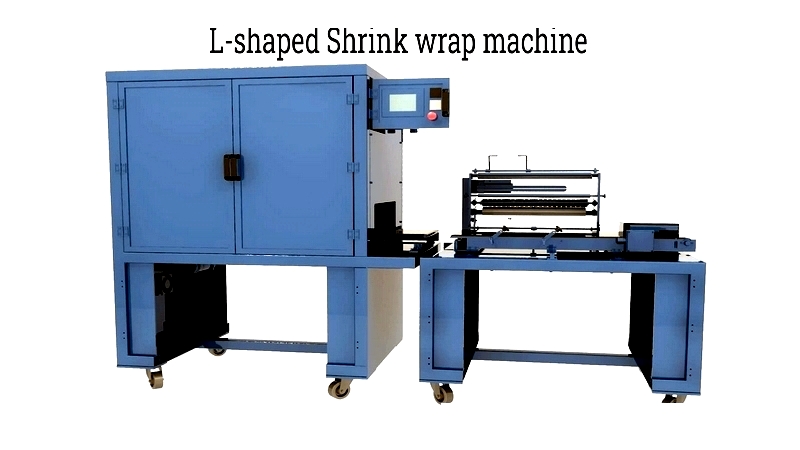Introduction
This article offers comprehensive details about plastic pallet covers.
It covers the following topics:
- Definition of plastic pallet covers
- Usage instructions for plastic pallet covers
- Practical applications
- Different varieties available
- Measurement standards and usage guidelines
- Industrial uses
- Comparison with plastic pallet tarps
- Key features to consider
- Additional relevant information

Chapter 1: Understanding Plastic Pallet Covers
Plastic pallet covers (PPCs) are durable, gusseted poly bags designed to protect palletized goods during storage and transportation. These adaptable covers find application in various environments including warehouses, storage facilities, dock areas, and residential settings. They effectively shield items from dust, moisture, and other environmental factors during handling and transit, serving as an economical alternative to heavier, more expensive pallet tarps. Available in multiple sizes and designs to accommodate different storage needs, these covers reduce potential damage from water, dust, and abrasion while enabling product identification. Made from lightweight yet sturdy plastic, they provide effective protection without substantially increasing shipment weight. Perfect for temporary storage and shipping, plastic pallet covers are valued for their ease of use, availability in flat or gusseted styles, and customizable features that ensure product security and organization.

It's important to recognize that plastic pallet covers are designed for short-term protection and should not replace more permanent solutions like pallet tarps or rigid containers. The next chapter will explain proper usage techniques.
Using Plastic Pallet Covers
Applying pallet covers is simple - just place them over palletized boxes for temporary indoor or outdoor storage. Thermal variants help regulate temperature for sensitive cargo during transit and storage.
These covers form an effective barrier against contaminants like dust and moisture. While disposable options exist, reusable covers typically offer better long-term value due to their durability. They're often combined with shrink or stretch wrap for enhanced protection.
Benefits
Key advantages include:
- Protection: Additional shielding for temperature-sensitive items, with thermal and UV-resistant options available for perishables.
- Adaptability: Suitable for pallets of all sizes, with fully waterproof versions for wet conditions.
- Sustainability: Reusable nature reduces waste and operational costs compared to single-use alternatives.
Drawbacks
Some limitations to consider:
- Water Resistance: Limited effectiveness against heavy precipitation or major spills.
- Environmental Impact: Non-biodegradable materials contribute to waste accumulation.
- Weather Limitations: Potential safety hazards when used as temporary roofing in severe conditions.
Chapter 2: Applications of Plastic Pallet Covers
These essential handling solutions (also called poly pallet covers) protect goods from environmental contaminants during storage and transport. Their durable construction preserves product quality and extends shelf life. Common industrial uses include:
Inventory Organization
Color-coded or labeled covers help categorize products in warehouses, reducing errors and improving efficiency. When combined with stretch wrap, they secure loads throughout handling processes.
Product Protection
They form cost-effective barriers against moisture, UV rays, and other hazards, particularly important for sensitive items like electronics or food products during shipping.
Branding Opportunities
Custom-printed covers enhance brand visibility and product identification while conveying handling instructions. Available in various specifications, they improve supply chain transparency.
Gaylord Container Compatibility
Gusseted covers provide internal lining and external protection for bulk shipping containers, particularly valuable in agriculture and manufacturing sectors.
In conclusion, plastic pallet covers play vital roles in product safety, inventory management, and supply chain optimization across multiple industries.




